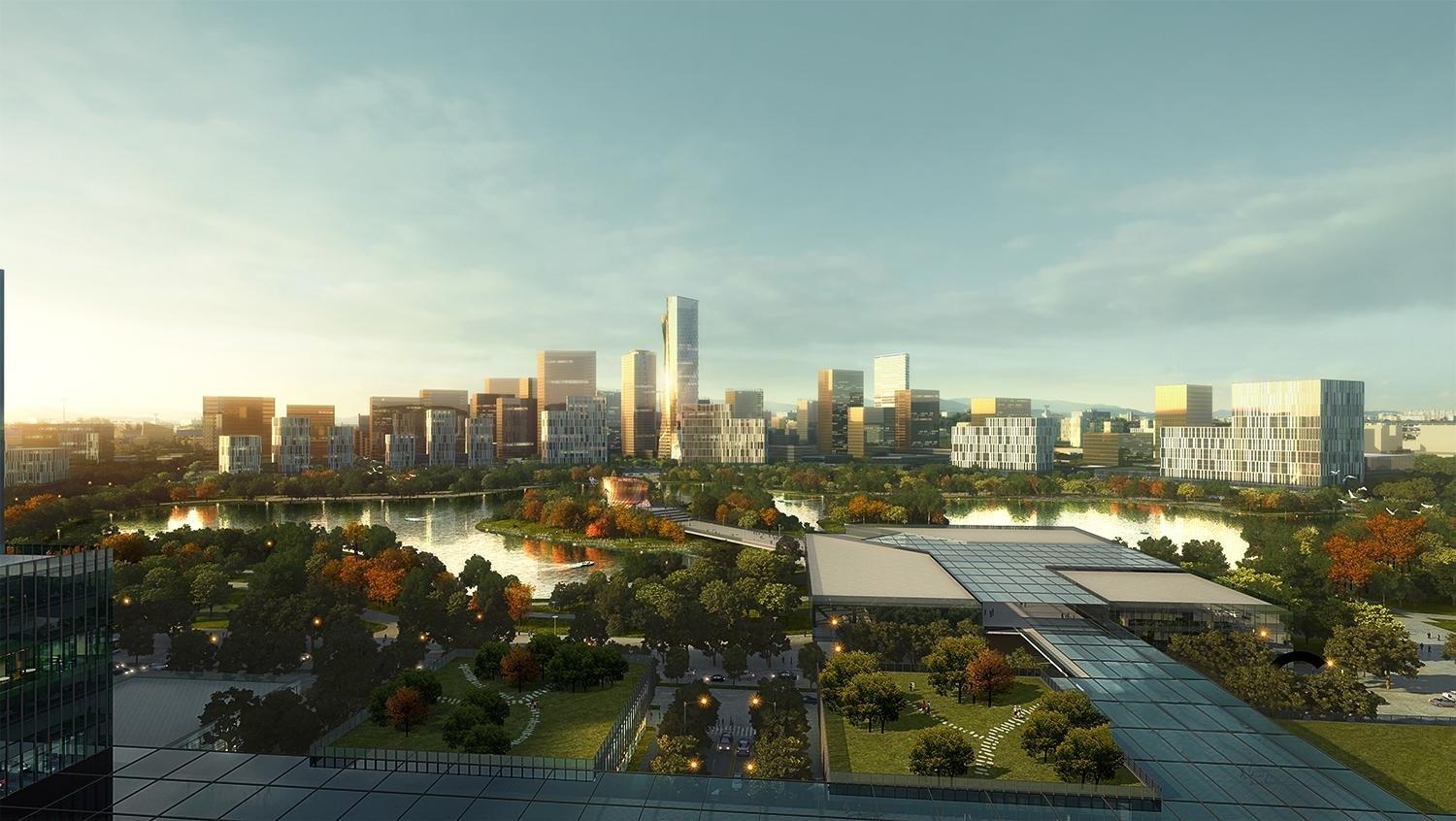The Philippines is planning a $14bn 'pollution-free' city that will be larger than Manhattan
As an alternative to the Philippines' hyper-dense capital, which apparently has the 'worst traffic on Earth', Filipino authorities are planning to build an entirely new, more sustainable city called New Clark

Manila, the hyper-dense capital of The Philippines, is known for its traffic jams. In a 2016 survey, navigation company Waze ranked Manila as having the "worst traffic on Earth."
The city's reliance on cars also exacerbates its growing air-pollution problem.
As a possible solution to Manila's smog and gridlock, the country plans to build an entirely new, more sustainable city called New Clark.
Plans for the $14bn development — which will be larger than Manhattan — call for drones, driverless cars, technologies that will reduce buildings' water and energy usage, a giant sports complex, and plenty of green space.
Take a look below.
Over the next three decades, the Philippines aims to build out New Clark about 75 miles outside Manila.
BCDA Group
Source: CNBC
According to the development's plan, the city will eventually stretch 36 square miles — a land area larger than Manhattan — and house up to 2 million people.
BCDA Group
Source: The Inquirer
New Clark will be divided into five districts, each with a specific function: government, business, education, agriculture, and recreation.
BCDA Group
While New Clark's exact design is not fleshed out, developers say the urban plan will prioritise environmental sustainability and climate resilience.
BCDA Group
With a minimum elevation of 184 feet above sea level, the city will likely not see much flooding.
BCDA Group
To reduce carbon emissions, two-thirds of New Clark will be reserved for farmland, parks, and other green space.
BCDA Group
Source: Reuters
The buildings will incorporate technologies that reduce energy and water usage.
BCDA Group
Driverless cars, running on electric energy rather than CO2-emitting gas, will roam the streets.
BCDA Group
Additionally, the city will feature a giant sports stadium and an agro-industrial park.
BCDA Group
New Clark's developers, BCDA Group and Surbana Jurong, plan to start construction in 2022.
BCDA Group
The new city will serve as a "twin city" to Manila, alleviating congestion in the capital, Surbana Jurong CEO Heang Fine Wong told CNBC.
People shop ahead of New Year celebrations at a street market in Divisoria, Manila, Philippines, December 29, 2017.Reuters
Source: CNBC
"You'll gradually see Manila becoming a different type of city ... and in New Clark City, you'll see new technology companies coming through," he said.
A view of a busy street at the Mall of Asia Arena on November 27, 2014 in Manila, Philippines.Getty Images/Clive Brunskill
The vision for New Clark certainly sounds utopian.
BCDA Group
But the ambitious plan faces several challenges, including persuading Manila residents to move there. A new railway line could cut the travel time between the two cities in half.
BCDA Group
The Philippines also struggles with economic development, and building an eco-city from scratch will come with a hefty price tag. According to Wong, public-private partnerships will help finance the project.
BCDA Group
In recent years, countries around the world — especially China — have unveiled plans for pie-in-the-sky urban developments. A number of realized projects have failed to attract a significant population, and turned into ghost cities.
Construction sites and vacant streets in Xiangluo Bay, a new biggest central business district under construction in Tianjin.Zhang Peng/LightRocket via Getty Images
Yujiapu and Xiangluo Bay, a metro area that was supposed to be known as "China's Manhattan," is half-built and largely empty.
Building cities from scratch rarely solve existing problems, but designing them can help urban planners imagine what's possible.
BCDA Group
Read more:
• This chart is easy to interpret: It says we're screwed
• How Uber became the world's most valuable startup
• These 4 things could trigger the next crisis in Europe
Read the original article on Business Insider UK. © 2016. Follow Business Insider UK on Twitter.
Join our commenting forum
Join thought-provoking conversations, follow other Independent readers and see their replies
Comments
Bookmark popover
Removed from bookmarks